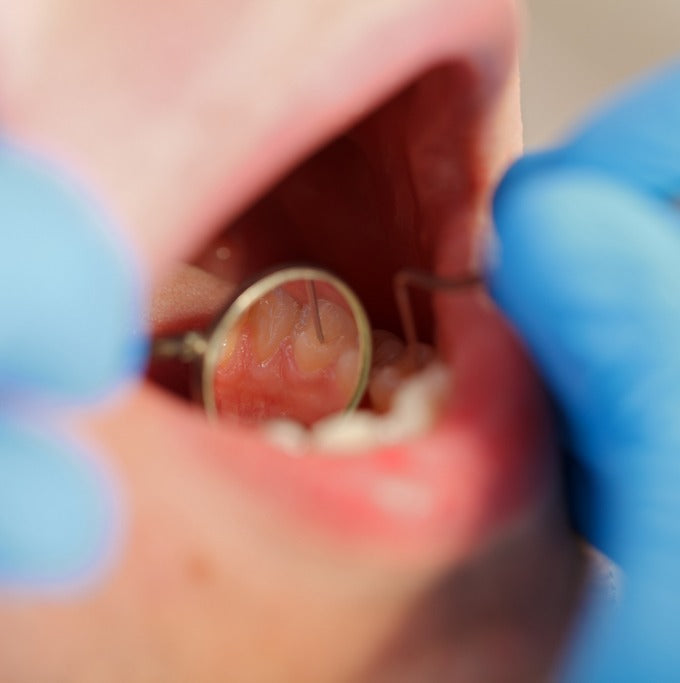You can learn a lot about a person by their smile. Do they smile often? In awkward situations? Do they smile shyly, or do they grin from ear to ear? Research suggests that smiles can have a significant impact on our relationships, down to how honest people perceive us to be.
Unfortunately, as many as one in four Americans don’t smile due to bad dental health, which could contribute to poor wellbeing. On top of that, difficulty chewing and plaque buildup can have an adverse effect on gums, nutrition and even heart health.
Tooth malocclusions such as overjet and overbite are common dental conditions that are often confused. Since understanding your smile is important for more than just the way you look, we’ll take a closer look at these alignment issues, and the differences between them.
What is Overjet?
When you close your jaw, your upper and lower teeth meet. Most people’s upper teeth will land slightly in front of their bottom teeth, but when the teeth jut forward at an angle, that’s called overjet.
Otherwise known as ‘buck teeth’, overjet normally begins in childhood, due to behaviors such as excessive pacifier use and thumb sucking.
It can also occur in adolescence and adulthood, particularly in cases where people push their tongue forward, or over-clench their jaw. These habits are normally born out of stress, so relaxation exercises may work as a preventative measure.
What is Overbite?
Much like overjet, overbite becomes obvious when the jaw is clenched. When you have an overbite, your top teeth extend past your bottom teeth. In many cases of overbite, the top teeth may also cover the bottom teeth when the jaw is closed.
Overbites are mostly genetic, meaning if one of your parents has an overbite, there’s a chance you do too. You, in turn, could pass this trait down to your own children.
Some of the same habits that cause an overjet can also cause overbite. Tongue thrusting and pacifier use don’t typically affect overbite as much as overjet, however, they can contribute to the genetic condition and make it worse.
Overjet vs Overbite: Key differences
Here are some of the main differences between overjet and overbite:
- Angle of the teeth: Someone with an overjet has front teeth that sit out at an angle. This can be a slight angle or more severe. On the other hand, when someone has an overbite, the angle of the teeth tends to be relatively normal.
- The cause: Overbite is genetic, whereas overjet is caused by behavior after we are born. Because of this, overjet is easier to treat.
- Treatment: Overjet can be treated with braces and orthodontic care, while overbite requires surgery to realign the jawbone.
Overjet and Overbite Normal Values
As mentioned earlier, it’s normal for your upper teeth to extend slightly past your lower teeth when you close your jaw, typically up to two or three millimeters.
If the gap is more than that, you may consider treatment for overjet or overbite. A dental health professional may be able to help you decide on a course of action.
For cases where a person has an overjet of more than eight millimeters, surgery may be required to correct the angle of the teeth. Likewise, in severe cases of overbite where the bottom teeth touch the upper gums, surgery may also be recommended.
Getting Help for Overjet and Overbite
Every smile is unique, and if you have an overbite or overjet, there’s no reason to feel self-conscious. Most people have some degree of one or the other. Unless overbite or overjet is interfering with your ability to eat, affecting your dental health or causing jaw pain, you may not need treatment.
However, if you’re still unhappy with the way your teeth line up, you could treat them for cosmetic reasons.
The cost of altering your smile varies with the degree of the overbite or overjet. Mild cases may be treated with braces. Severe cases may need surgery to correct.
As mentioned, the easiest prevention of overjet is to minimize the behaviors that lead to it. Don’t encourage thumb sucking or pacifier use past the first few years of childhood. If you find that you are tongue thrusting out of stress, you could try face yoga.
Taking care of your oral health is important. Don’t forget to get regular checkups at the dentist to address any problems that may be affecting your quality of life.







